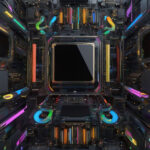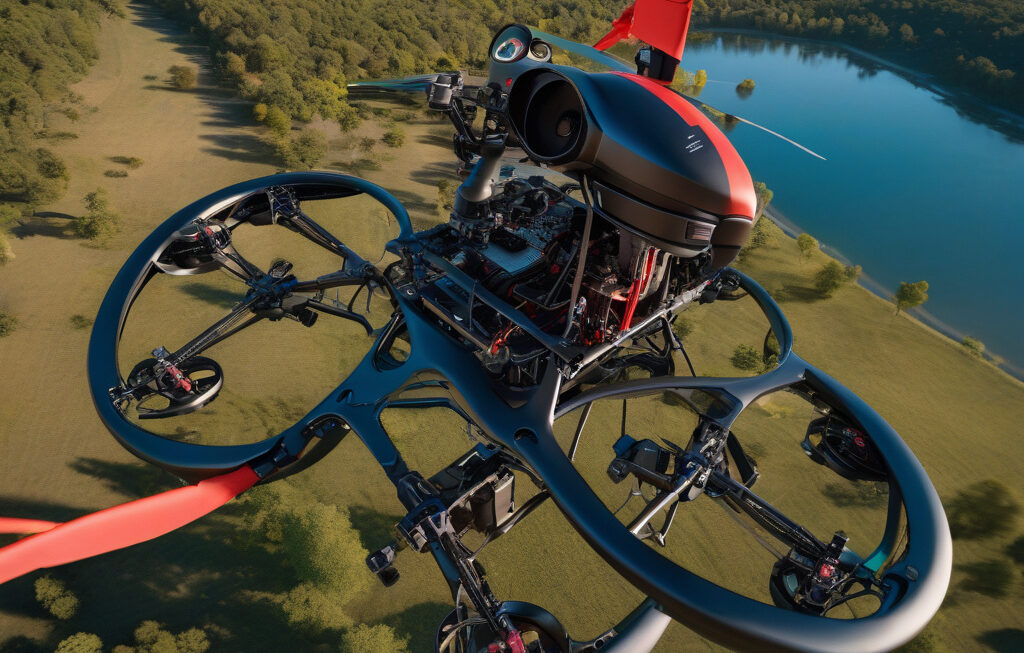Fuel Cell Breakthrough for EV and Aviation as Researchers Break One-Megawatt Power Barrier
Researchers at the German Aerospace Center (DLR) have successfully operated core components of a next-generation fuel cell system that could revolutionize the electric vehicle (EV) and aviation industries. This breakthrough marks a significant milestone as it surpasses the one-megawatt power barrier, paving the way for cleaner and more efficient transportation solutions.
Fuel cells have long been hailed as a promising alternative to conventional combustion engines due to their higher efficiency and lower environmental impact. However, scalability and power output limitations have hindered their widespread adoption in larger vehicles like trucks, buses, and airplanes. The recent achievement by DLR researchers addresses these challenges head-on.
By developing a high-power fuel cell system capable of exceeding one megawatt, the potential applications for electric propulsion systems in various modes of transportation are now within reach. This breakthrough not only represents a technological advancement but also a game-changer in the transition towards sustainable mobility.
One of the key advantages of fuel cells is their ability to produce electricity through a chemical reaction of hydrogen and oxygen, emitting only water vapor and heat as byproducts. This clean energy conversion process offers a more sustainable alternative to fossil fuels, contributing to reduced greenhouse gas emissions and air pollution.
In the electric vehicle sector, the integration of high-power fuel cells could significantly extend the driving range and reduce the charging time compared to traditional battery-powered cars. With advancements in hydrogen production and infrastructure, fuel cell electric vehicles (FCEVs) have the potential to overcome the limitations of battery electric vehicles (BEVs) and accelerate the shift towards zero-emission transportation.
Moreover, the aviation industry stands to benefit greatly from this breakthrough, as the development of fuel cell-powered aircraft could lead to reduced carbon emissions and noise pollution. By surpassing the one-megawatt power barrier, researchers have opened up possibilities for electrified aviation that were previously deemed unattainable.
The successful operation of next-generation fuel cell components by DLR showcases the importance of continuous research and innovation in advancing sustainable technologies. As global efforts to combat climate change intensify, investments in clean energy solutions like high-power fuel cells are crucial for achieving a carbon-neutral future.
In conclusion, the breakthrough achieved by DLR researchers in breaking the one-megawatt power barrier for fuel cell systems holds immense promise for the electric vehicle and aviation industries. By pushing the boundaries of technological capabilities, they have set the stage for a cleaner, greener, and more efficient transportation sector.
#FuelCellBreakthrough, #ElectricVehicleInnovation, #SustainableAviation, #DLRResearch, #CleanEnergyFuture












